Participants:
Participant 1: From Chengdu
Participant 2: From Changsha
Participant 3: From Xi’an
Participant 4: From Suzhou
Date:
10th August
Duration:
4-5 hours
Location:
Yuyuan Garden, Shanghai
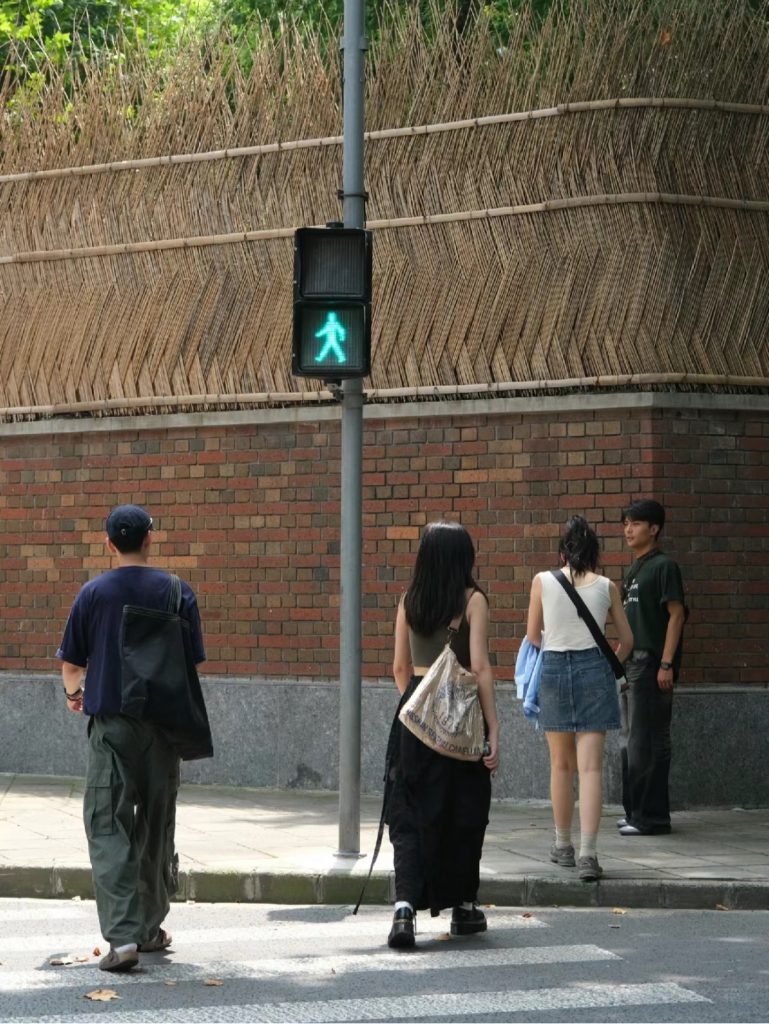
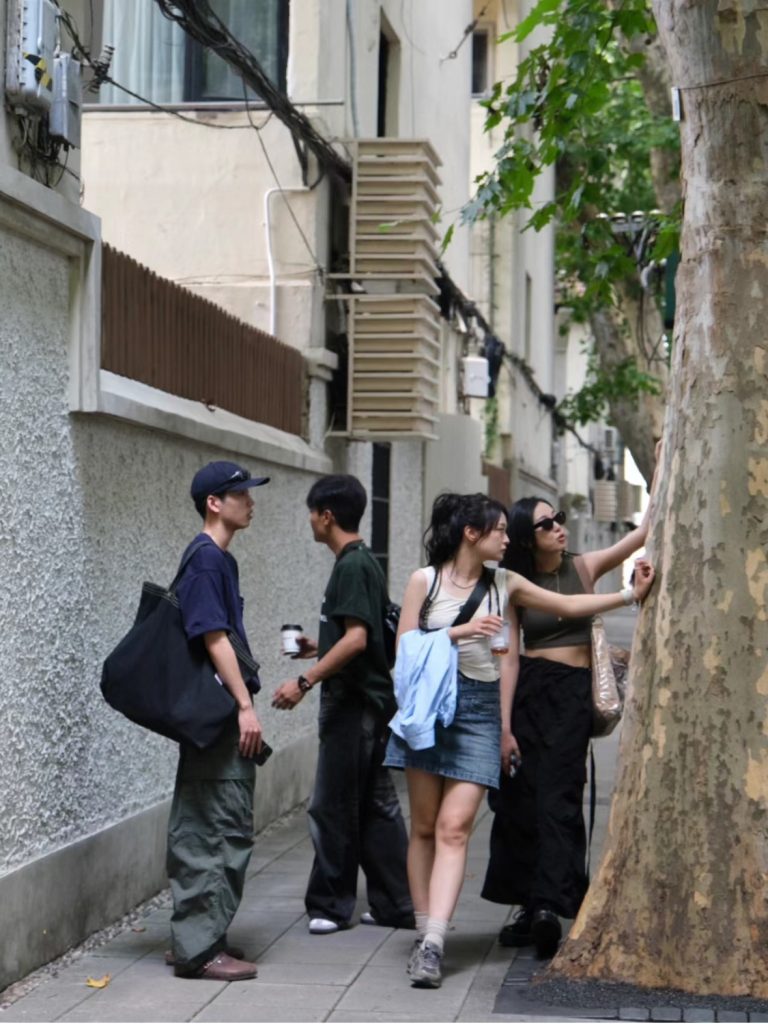
Part one – Gathering at Yuyuan Garden:
The group met at the entrance of Yuyuan Garden, a location chosen for its blend of traditional Chinese architecture and serene landscapes, reminiscent of historical and cultural sites from various parts of China.

Guided Walk and Initial Reflections:
As we began our walk through Yuyuan Garden, the participants were asked to reflect on the environment and how it compared to their memories of home.
Participant 1 (Chengdu): Noted the similarity between Yuyuan Garden and Chengdu’s traditional gardens. The participant shared memories of visiting parks in Chengdu with family, emphasizing the importance of green spaces in feeling at ease. They remarked, “The bamboo and winding paths here remind me of the parks back home in Chengdu, where I used to go with my parents. The quietness and the traditional architecture make me feel a bit more at home in this bustling city.”
Participant 2 (Changsha): Was struck by the traditional architecture and how it reminded them of the historical sites in Changsha. She shared, “The architecture here is similar to some of the older buildings in Changsha, especially the roofs and the woodwork. It makes me think of the times I spent visiting the old town with my grandparents. Seeing these familiar styles in a new city helps me feel connected to my past.”
Participant 3 (Xi’an): Reflected on how the historic feel of Yuyuan Garden brought back memories of Xi’an’s ancient sites. They said, “Walking through this garden reminds me of the ancient city walls and the old quarters in Xi’an. There’s something comforting about being surrounded by history, even when it’s not exactly the same as what I’m used to.”
Participant 4 (Suzhou): Immediately felt a strong connection to Yuyuan Garden, noting its similarities to the classical gardens of Suzhou. They shared, “This place feels so much like Suzhou— the intricate garden designs, the water features, the rockeries. It’s almost like stepping back into one of the gardens from my hometown. It makes Shanghai feel a bit less foreign.”
Part two – Participant-Led Exploration:
After exploring Yuyuan Garden together, each participant took a turn leading the group to a location in Shanghai that they had discovered and felt a connection to. These locations varied but were selected because they evoked memories of home or simply offered a sense of comfort.
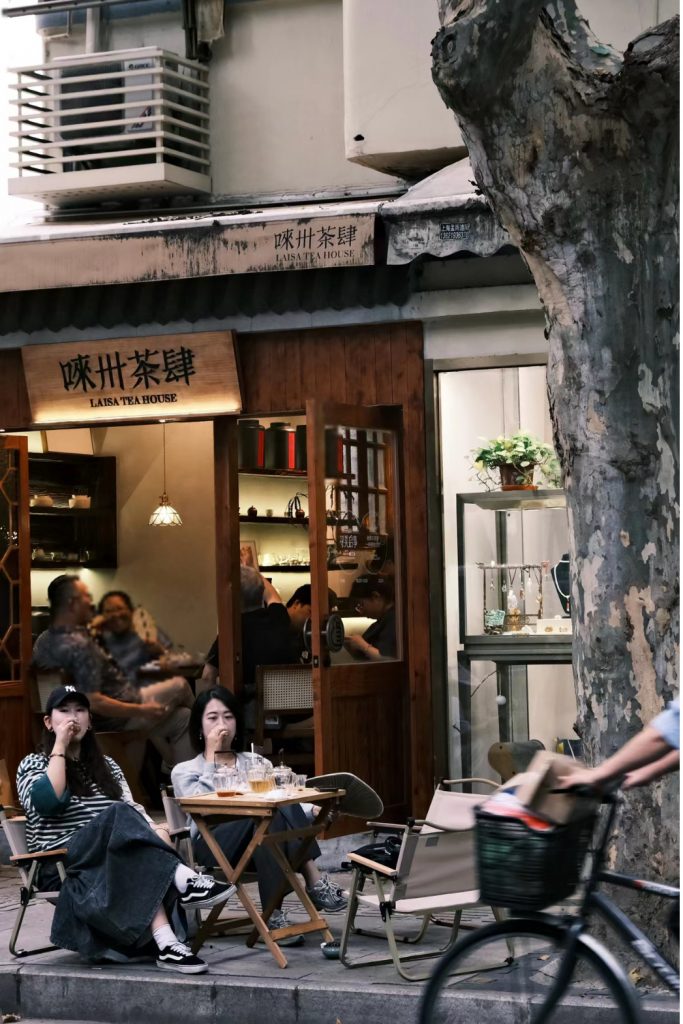
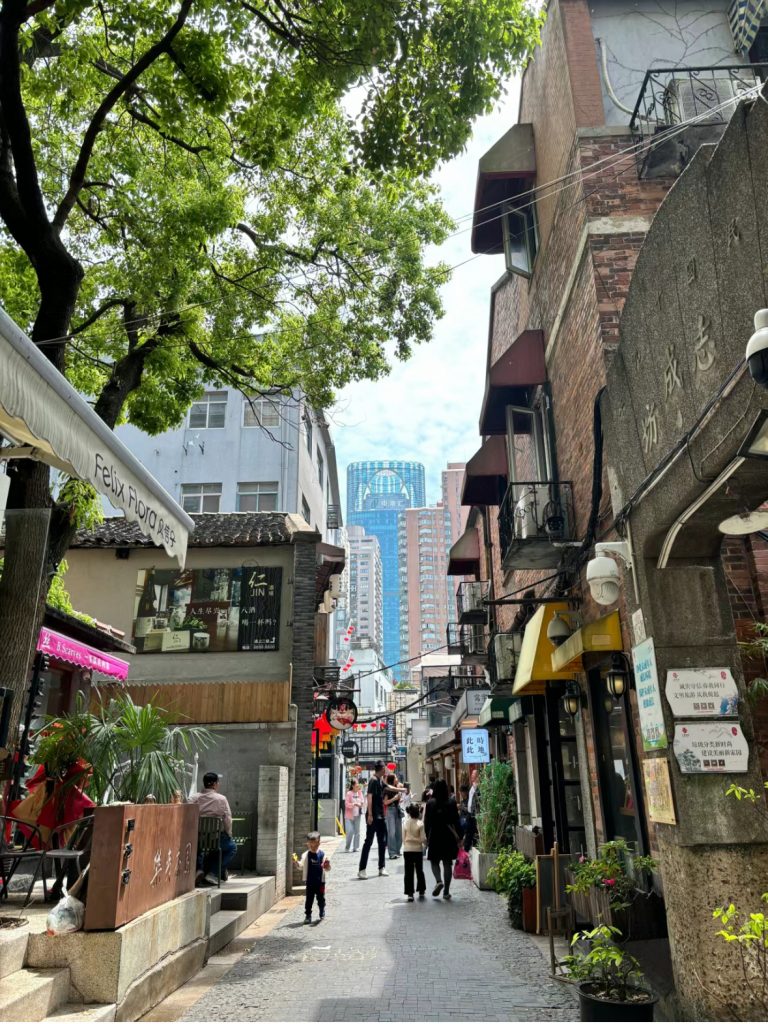
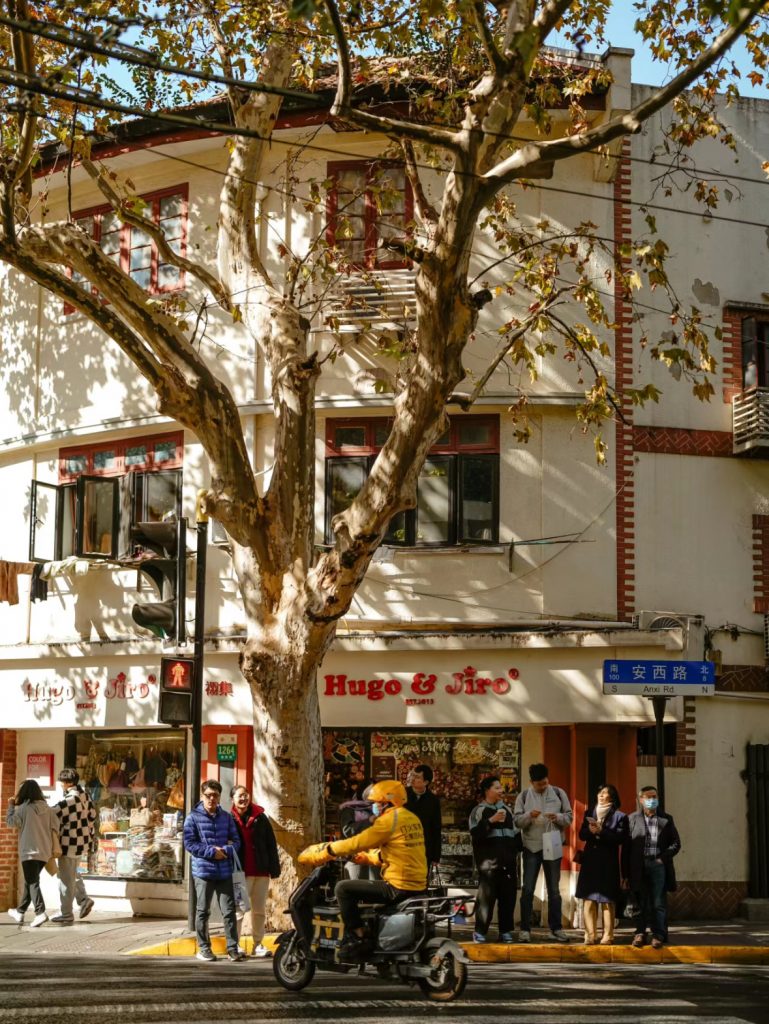
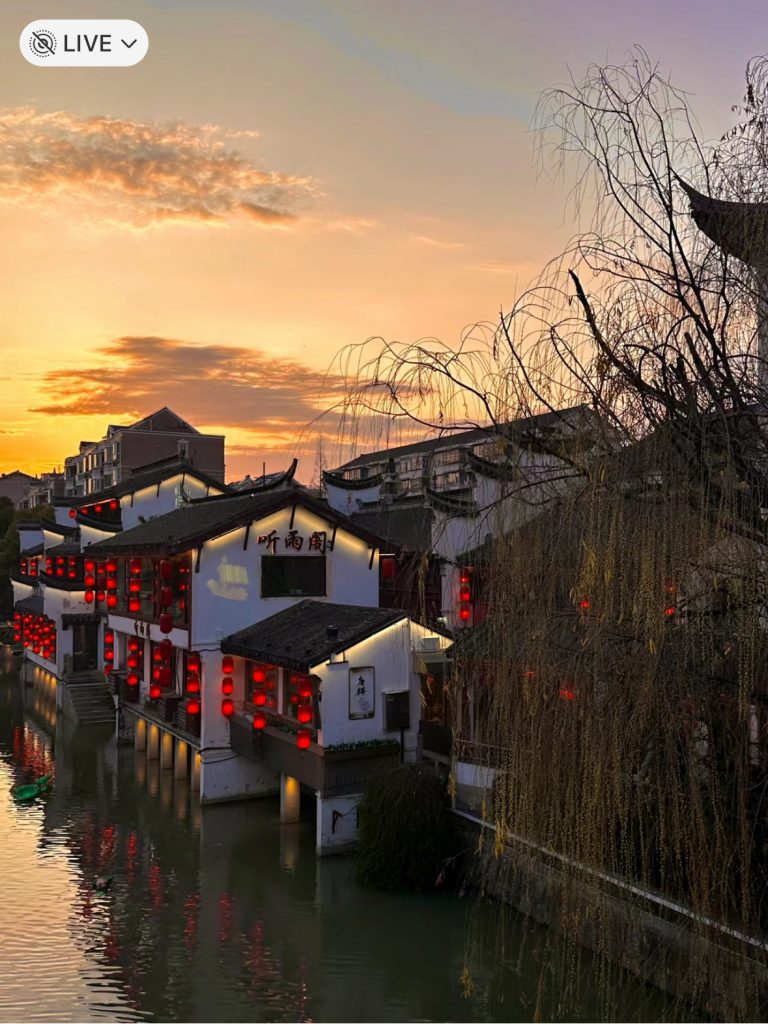
Participant 1 (Chengdu): Led the group to a local tea house that served Sichuan-style tea and snacks. They shared how visiting this tea house made them feel connected to Chengdu’s tea culture, saying, “Tea houses are a big part of life in Chengdu. Coming here brings back memories of sitting with friends, sipping tea, and chatting for hours. It’s comforting to find a place in Shanghai that has a bit of that same atmosphere.”
Participant 2 (Changsha): Took the group to a small alley market that reminded them of the vibrant street markets in Changsha. They shared, “This market feels a lot like home— the smells, the sounds, the hustle and bustle. It’s not exactly the same, but it gives me a sense of familiarity and comfort in this big city.”
Participant 3 (Xi’an): Brought the group to a historical street in Shanghai that resembled the old streets of Xi’an. They reflected, “Walking through this street with its old buildings and traditional shops makes me think of the Muslim Quarter in Xi’an. It’s nice to find places here that keep that connection to history alive.”
Participant 4 (Suzhou): Led the group to a canal area in Shanghai that reminded them of Suzhou’s famous water towns. They shared, “This canal is so much like the ones back in Suzhou. The water, the boats, the buildings along the canal— it all feels very familiar. Finding this place in Shanghai makes me feel a bit more at ease in this new environment.”
Part three – Group Reflection and Discussion:
After visiting these locations, the group gathered in a quiet spot to reflect on their experiences. The discussion was cantered around how these spaces in Shanghai helped them feel connected to their home cities and how the urban environment was starting to feel more familiar.
Shared Insights:
The participants all expressed a sense of relief in finding parts of Shanghai that reminded them of home. These connections, though subtle, made them feel more comfortable and helped mitigate feelings of homesickness.
They discussed the importance of discovering familiar elements in a new city, whether through architecture, food, or the general atmosphere of certain places. These familiarities made the city feel less overwhelming and more like a place where they could see themselves building a life.
The group also talked about the challenge of balancing their desire to explore and embrace Shanghai’s unique culture with the need to maintain a connection to their roots. They agreed that finding these small, familiar comforts helped them feel grounded and more open to experiencing the new aspects of the city.
Final Thoughts:
The day ended with participants feeling more connected to both Shanghai and their home cities. They expressed excitement for the next part of culinary exploration, where they hoped to further blend their cultural heritage with their new life in Shanghai.
The first phase of the second intervention successfully set the stage for the participants to build meaningful connections to Shanghai while maintaining their ties to their home cities. The exploration and discussions helped them realize that while Shanghai is a new environment, it holds familiar elements that can help them feel at home.